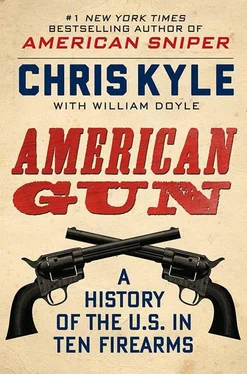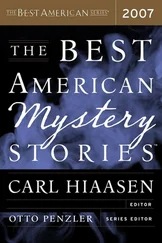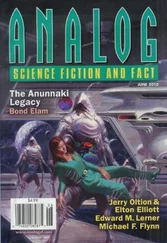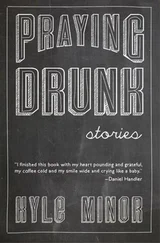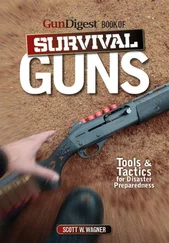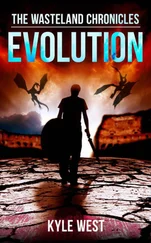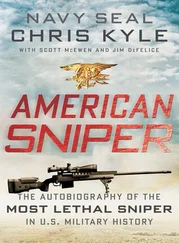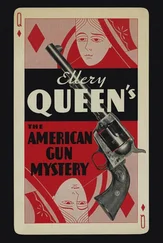The Comanches had suffered twenty-three fatalities; the Rangers lost only one man. It was a triumph for both the Colts and the Rangers. One Indian who survived the battle said later it seemed like the Rangers “had a shot for every finger on the hand.” Hays, who would head out to California and a political career a couple years after the battle, credited the pistols with the victory. “Had it not been for them,” he wrote later, “I doubt what the consequences would have been. I cannot recommend these arms too highly.”
The legend of the Colt revolvers quickly spread. From that day forward, the Texas Rangers had a proven “equalizing” force for mounted and close-quarter combat with the once-invincible Plains Indians. The frontier was a far sight from tamed, but Walker’s Creek was a crucial turning point in the American settlement of the West. Hearty ranchers and homesteaders began establishing (in some cases, reestablishing) claims not only in the western half of Texas, but also across the great southern Plains. You could say the year 1844 marked the dawn of the Wild West, an era in which generations of Colt revolvers would play a starring role in the hands of legendary lawmen and outlaws who roamed America’s rugged, half-settled landscape.
Now, you’d figure the company that made Colt revolvers would take off in a blaze because of all the good publicity.
There was, however, one small problem—the manufacturer had gone bankrupt a few years earlier.
Sam Colt, the firm’s owner and namesake, got a patent on his revolver design from the British government in 1835; two from the U.S. followed the next year. The idea of a revolving magazine wasn’t new, but Colt’s improvements and the availability of ammunition based on percussion cap technology made his gun a technological leap. And you could build a good argument that the gun’s success was due not just to its design but the ability to manufacture it using the most advanced techniques of the day. The Colt-Paterson was a mass-produced marvel.
Or it would have been if Colt had been able to work out all the early problems. The pistols that came from Colt’s Patent Arms Manufacturing Company of Paterson, N.J., were a mixed bag. Some were excellent; some not. Standardizing production so parts could be used interchangeably was still more art than science. Hampered by the Panic of 1837, Colt had trouble both selling weapons and raising money to continue doing so. Adding to the problems, a promising debut of the company’s prototype revolving rifles in the Seminole War in Florida in 1838 didn’t pan out. The rifles were just not rugged and reliable enough for combat, let alone curious soldiers who took them apart to examine their workings. Sometimes they jammed, sometimes they blew up from “chain-fire” malfunctions. The factory closed in 1843, and its assets sold.
Samuel Colt had a restless mind. Busy on other inventions, including a naval mine, he kept thinking of ways to improve his revolver and resurrect his manufacturing company.
Meanwhile, the Colt Paterson revolver did so well for the Texas Rangers that one of the veterans of the fracas at Walker Creek, a young captain named Samuel Walker, set out from Texas to New York to personally suggest some improvements to Sam Colt. Together in 1847 they cooked up a design for a new, nearly five-pound behemoth trail gun called the Walker Colt, a weapon that soon became the most powerful handgun on the market. In fact, it stayed so until the introduction of the .357 Magnum in 1935. The Walker Colt fired .44-caliber rounds in a gun not with five chambers, but six. The “six-shooter” was born. It was so big and heavy you could use it as a club if you had to. And many did.

Colonel Sam Colt and his handiwork. After partnering with industrial genius Eli Whitney, Colt set up his operations in Hartford, Connecticut.
Library of Congress
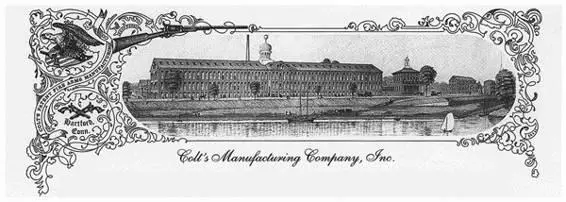
Sam Colt struck a deal with industrial wizard Eli Whitney in Connecticut to crank out the new model. The U.S. Army soon picked up the Walker Colt with an initial order of 1,000 guns. It performed well in the Mexican War (1846–48). But in shades of things to come, the real boost came from publicity following a wild shootout that came to be known as the Jonathan Davis Incident.
As the story goes, Davis, a skilled marksman and combat veteran of the Mexican War, was prospecting for gold along the river near present-day Sacramento, California, with two friends. A gang of between eleven and fourteen cutthroat killers shot down Davis’s companions and then moved in to finish him off. Armed with a pair of Colt percussion revolvers, Davis took out the thieves one by one, finishing off seven before he ran out of ammo.
Four surviving outlaws then tried to rush him with knives and a short sword or cutlass. Unfortunately for them, Davis was an artist with a Bowie knife. He carved up all four, quite fatally. Captain Davis survived with flesh wounds and a shredded set of clothes. The early accounts of the episode were so unbelievable that Davis had to produce witness affidavits to verify his tale. That apparently satisfied the journalists of the time, and the story gained wide circulation.
The U.S. Army ordered thousands of the Colt Model 1860 revolvers as its basic sidearm during the Civil War. Explorers John Frémont and Kit Carson carried Colt revolvers during their epic surveys of the West. Riders and guards of the Pony Express relied on them to guard the dangerous mail run from Santa Fe to Missouri. The Colt revolver, in all its many forms, helped make Samuel one of the richest men in America before dying at age forty-seven in 1862.
But it wasn’t until a decade later that his company perfected its greatest product, the Single Action Army Revolver.
It’s hard to find the right words to describe the Peacemaker. Somehow, there’s no way to set down on paper why this gun had such an impact without sounding a little soft in the head. You really have to hold the weapon, load it, fire it, and load it again if you want to understand it.
Fire, load. Fire. Half-cock, then eject your spent cartridges one at a time with the ejection rod. Load one bullet, skip a chamber, go four bullets, drop the hammer on an empty chamber. Set it in the holster and draw. Single-action means the gun is not going to fire until you cock the hammer back. Pull on the trigger all you want until then, and it’s not going off.
You will, however, be dang impressed at the gun’s balance and smooth action. The recoil is sweet, the weapon moving up easy in your hand. If you’re using black powder, you’ll be surrounded by a thick wreath of smoke after shooting your load. But that’s part of the fun.
The Colt is one of the most powerful guns I’ve ever fired. It is quite literally a man-stopper. They used to say you can knock down a grizzly bear with one, though I’ve never tried.
Probably just as important on the frontier and range, the weapon could take a beatin’ and still kick ass. “Sometimes a bad horse would blow up and send my Colt doing fart-knockers across the prairie,” said one old-time cowboy from Montana. “I’d just blow the dust off of it and shove it back in the holster. It was the only handgun you could trust that way.”
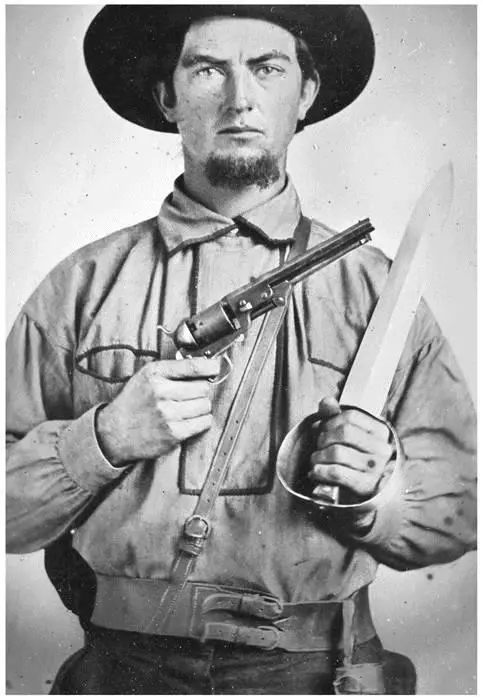
A Confederate soldier wielding an 1851 Colt Navy and an equally impressive Bowie knife. Civil War vets on both sides were allowed to keep their weapons after the war, leading to a spike in civilian gun ownership.
Library of Congress
Push away all the legend attached to the gun, the tales of shootouts and ne’er-do-wells, sheriffs, and bandits—get all of that romantic stuff out of your head. When you pick up the gun and handle it on its own terms, you can’t help but admire it and know that the hype was well deserved. The Colts were as accurate as your hands made them; effective range depended a lot on the operator, but a decent shooter with a steady hand could expect to hit his target at twenty-five yards. A practiced, steady gunman could do it at fifty and more.
Читать дальше
